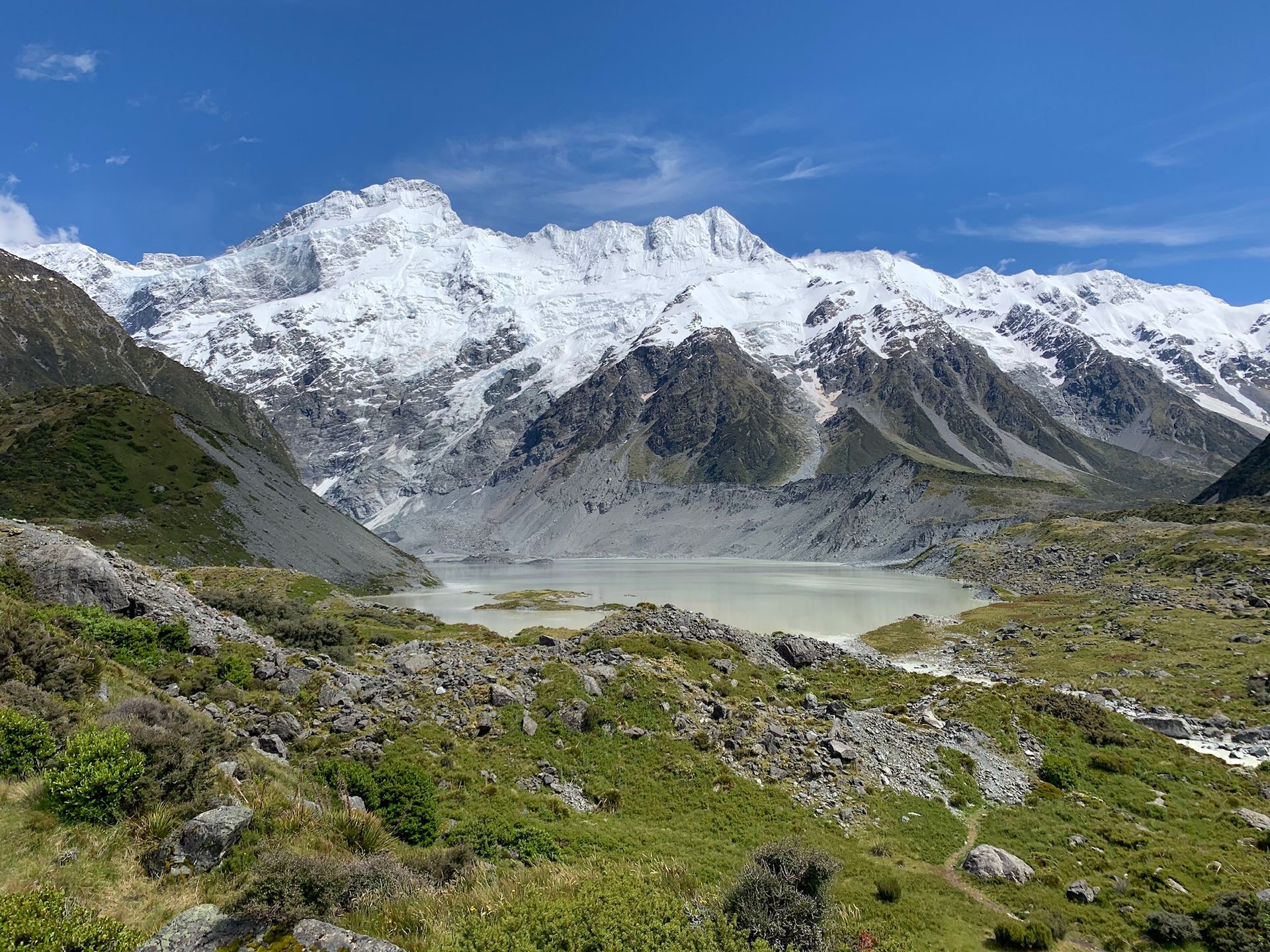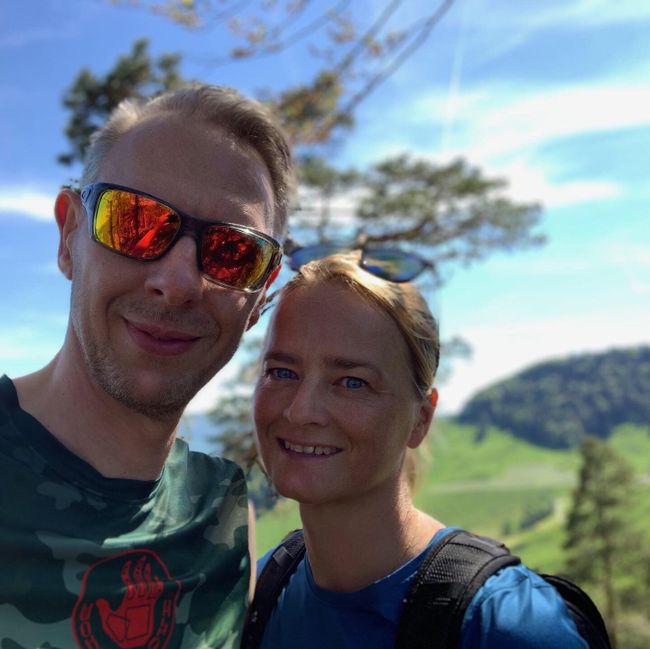Day 23 Ohakune to Taupo & Hukafalls
פֿאַרעפֿנטלעכט: 06.01.2020
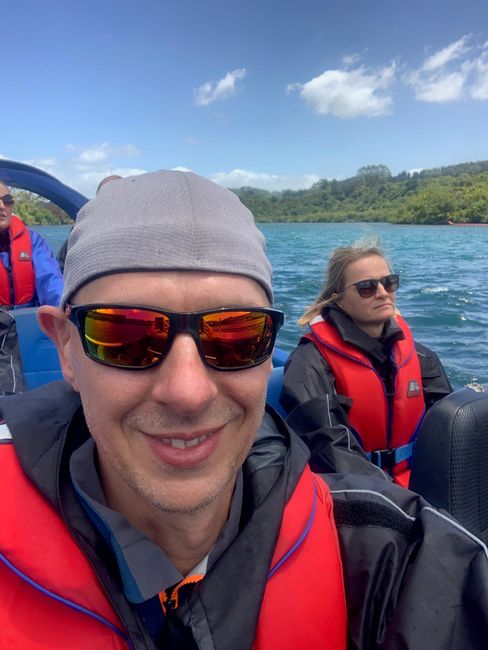

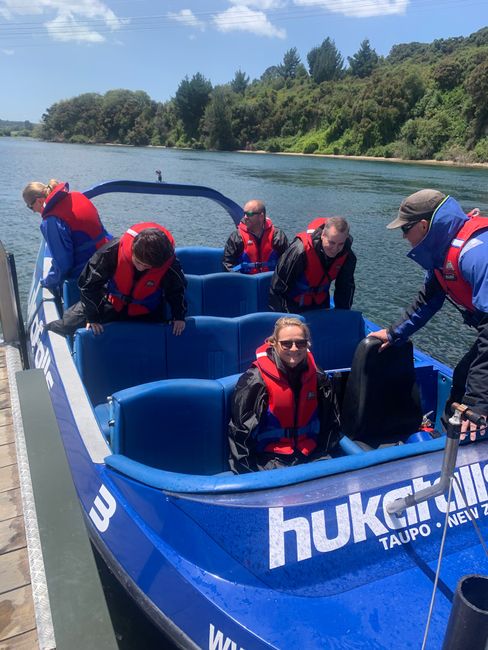
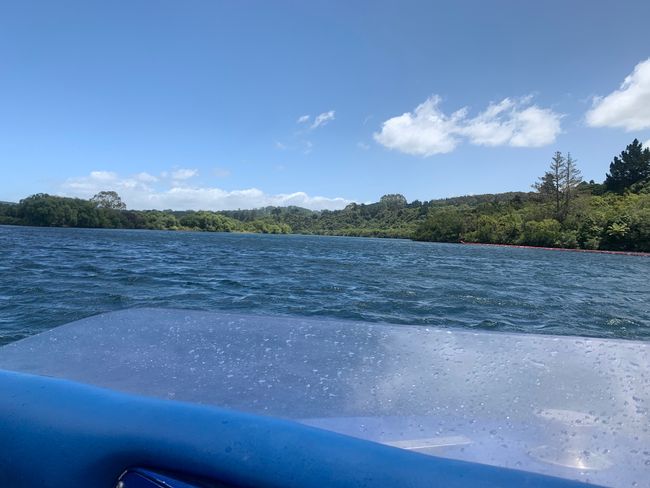
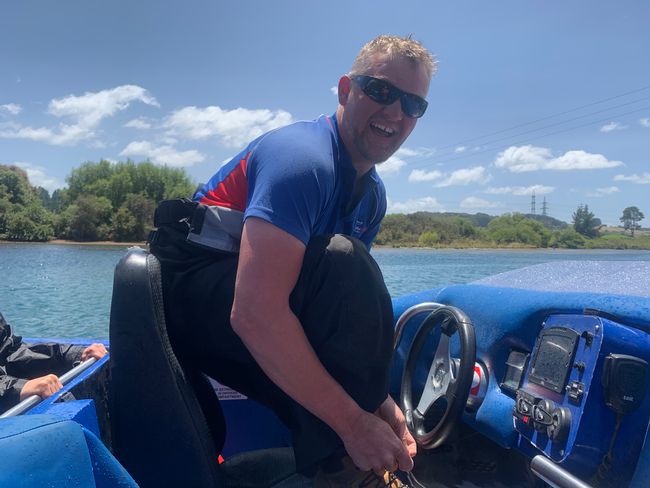
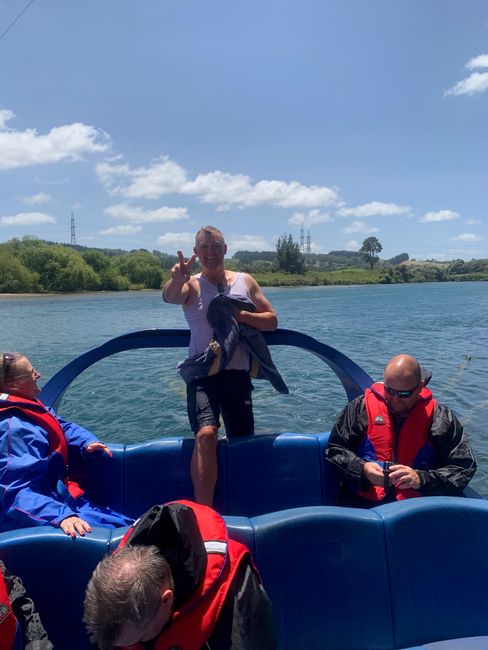
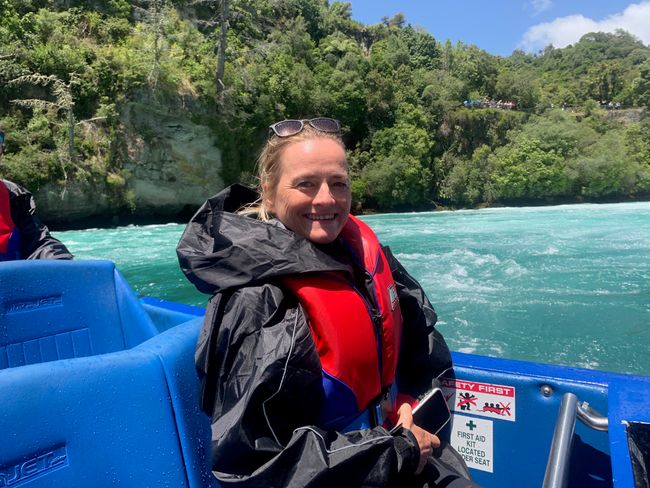
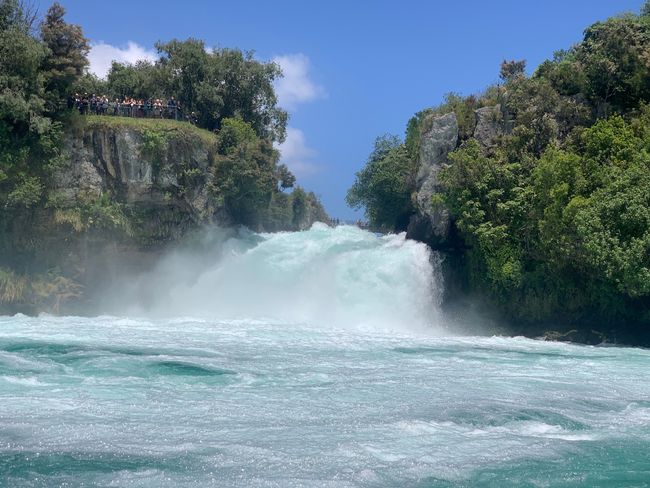
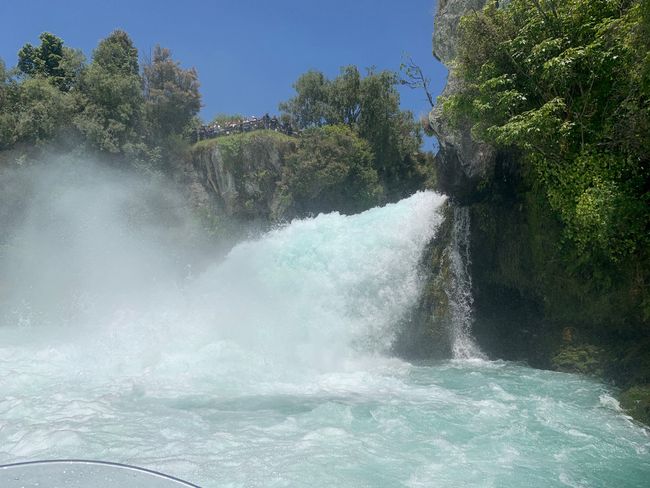
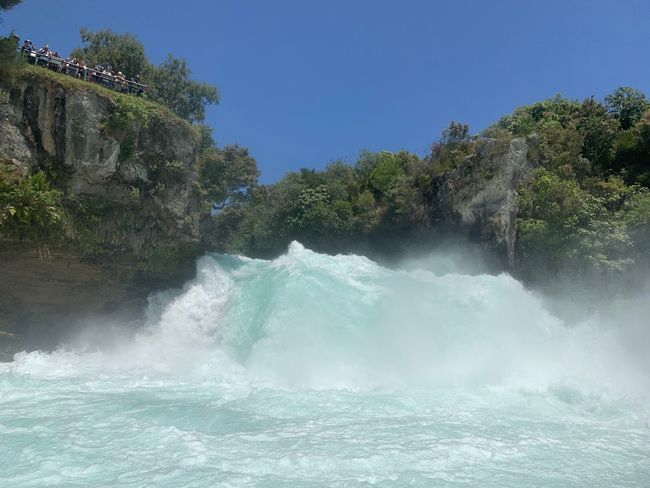
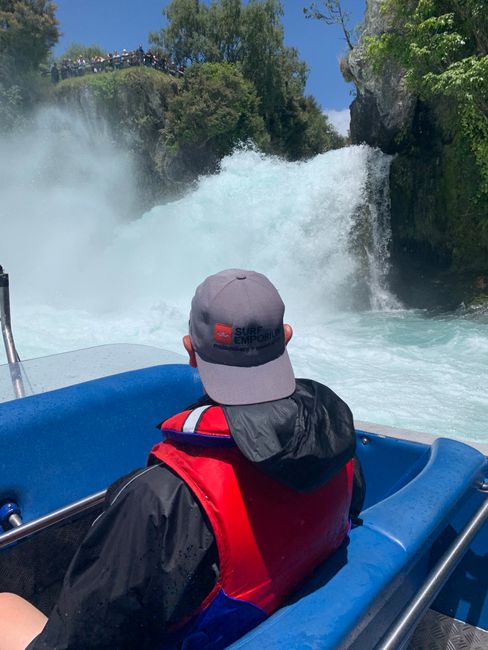
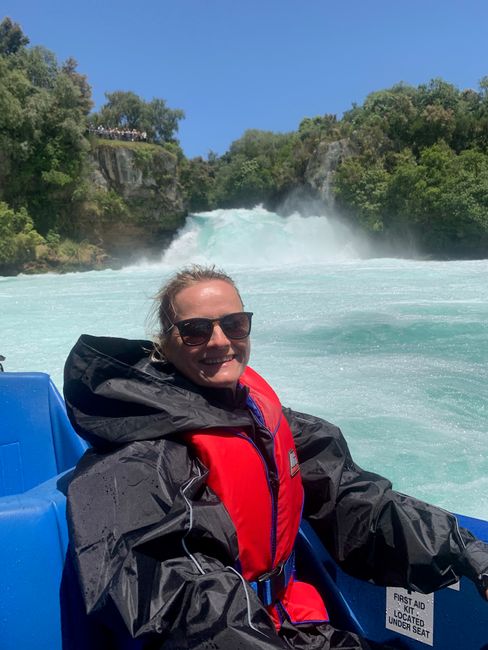
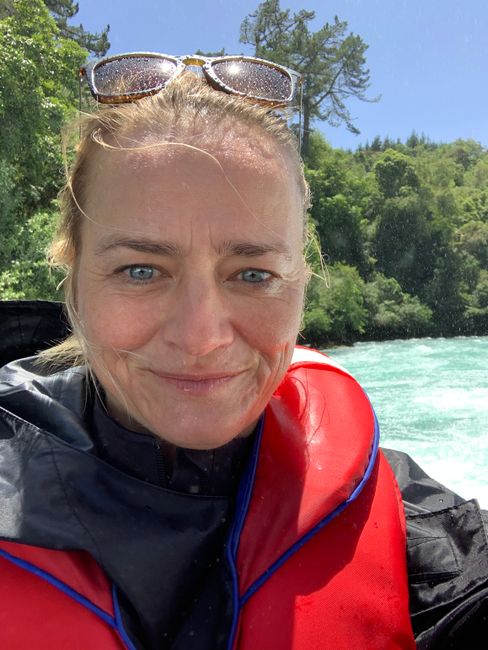
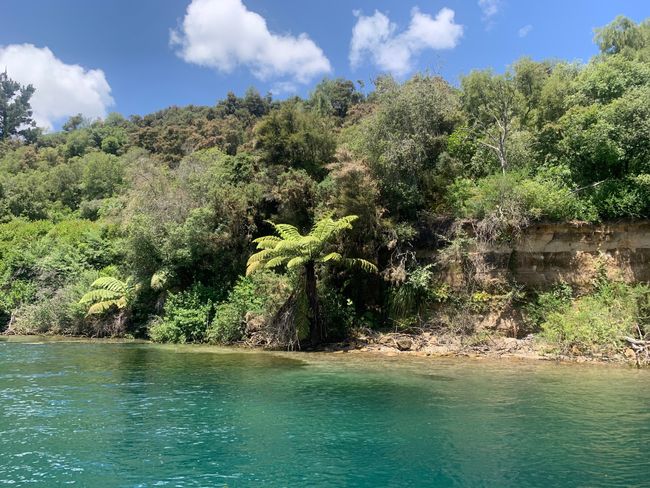
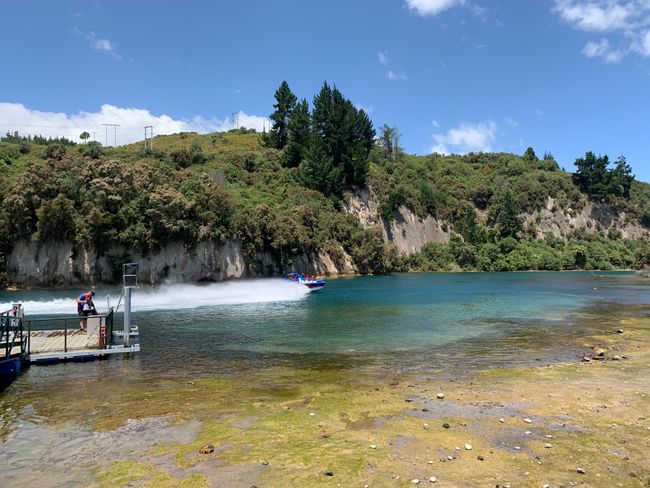
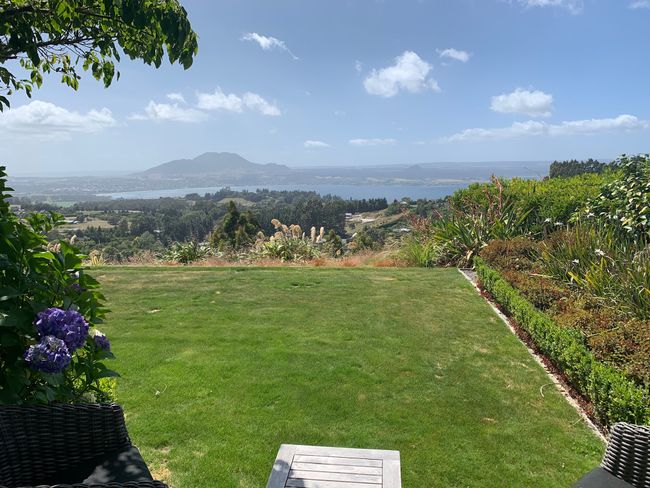
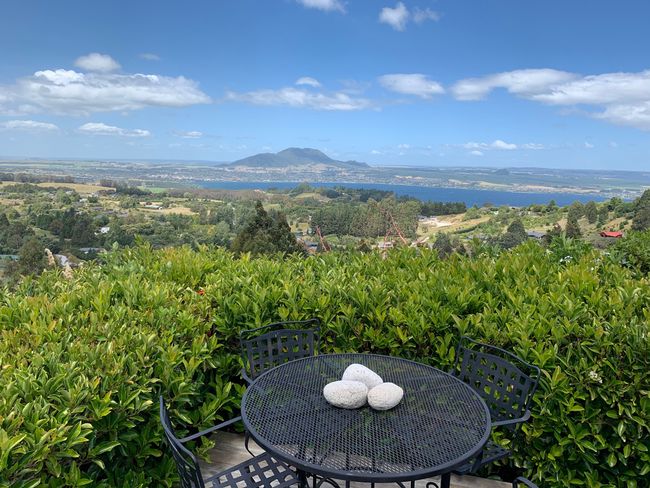
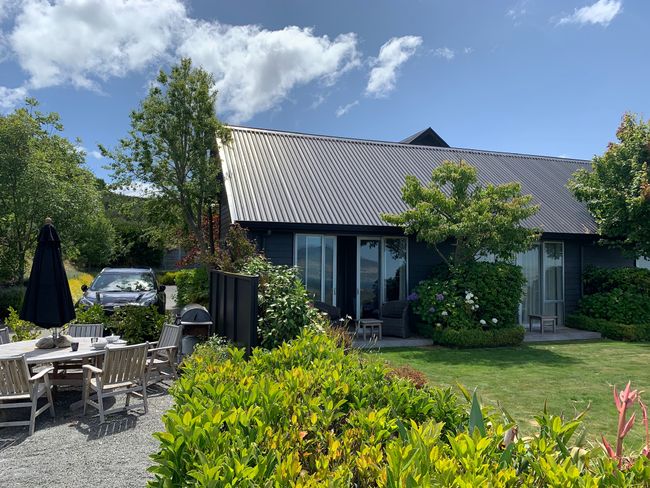
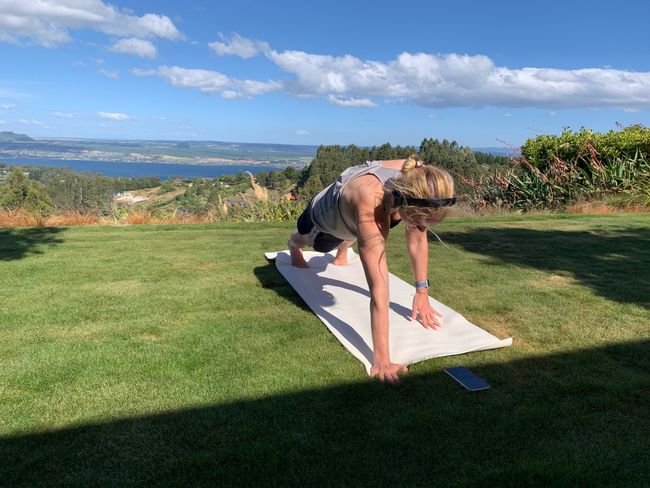
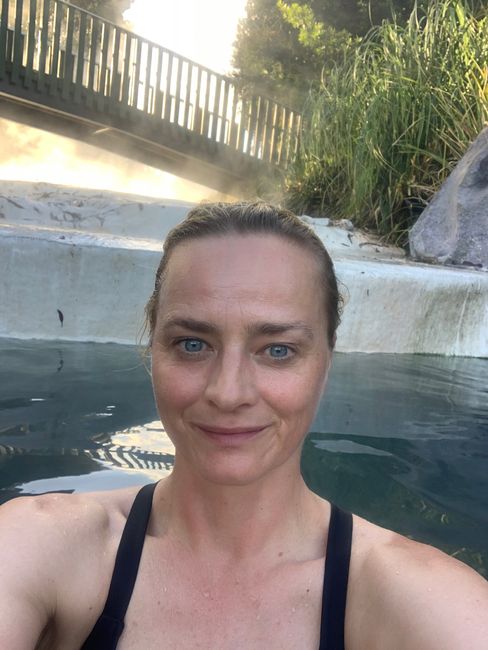
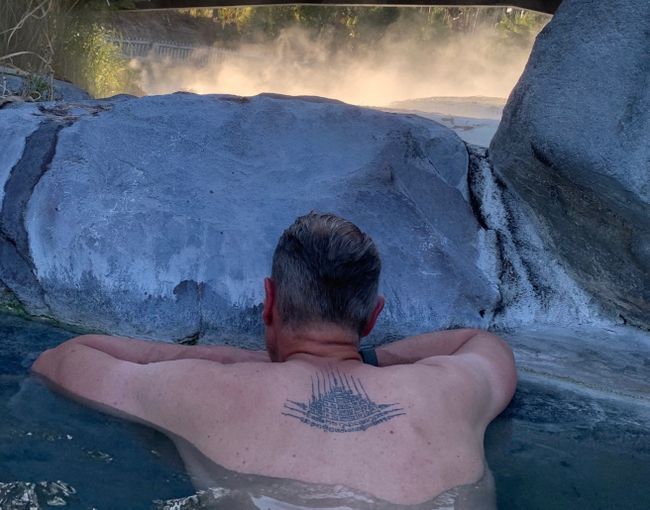
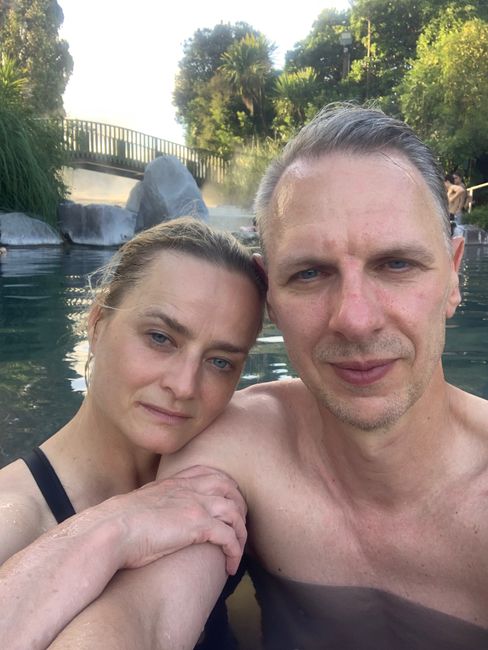
אַבאָנירן צו נעווסלעטטער
Today we slept well for the first time, which is remarkable as the house in Ohakune was very noisy. It felt a bit like being in a ski lodge - you could hear every word next door, not to mention other noises (there was a bathroom next door). But last night we were the only guests and it was wonderfully quiet. After breakfast from our Swiss host, we set off to our penultimate accommodation in Taupo. It was only 140 km away and we got there quickly. Taupo is located roughly in the middle of the North Island. First, we settled into our accommodation in Acacia Bay, which is right next to the town of Taupo. Very nice here. We drove along Lake Taupo for a long time. More about the lake later.
We drove directly to our accommodation, "The Lakeview House." We have sometimes been disappointed by the promising names before, for example, the "Riverview" had no river nearby, etc. - But here, the view is amazing. On the way up a few switchbacks, Cordula said, "Looks like we're at the end of the world," but then we were already in front of a gate that required a code we received from the host (he is in Auckland). This boded well. Well, we have a house with two bedrooms and bathrooms - so we can argue without feeling guilty 😉 and have an incredible view over the lake and Taupo itself. There is also a washing machine and we did laundry one last time. Then we headed out for today's main action, but first to the lake:
Lake Taupo is 40 km long, 28 km wide, and with a circumference of about 193 km, it covers an area of 622 km². It is a maximum of 160 meters deep and is the largest lake in New Zealand. The amazing thing about this giant lake is that it was once a volcano.
Almost the entire lake as it is today was formed by a massive eruption of the Taupo volcano, called the Oruanui eruption, which is one of the most significant eruptions in the world over the past 250,000 years. The volcanic material expelled during the eruption, including ash and pumice, had a volume of nearly 1,200 km³, which is more than a hundred times the eruption of Mount Pinatubo in 1991. As a result of this explosion, the crater collapsed into the magma chamber, creating the lake (in simplified terms). At some point, the lake found an outlet, where the Hukafalls were created, and now we are back to the action.
We rented two seats in a jet boat and sped there. It was an incredible experience, these things go 80 km/h on water and constantly do 360 spins for amusement and, of course, to soak the passengers. After a few spins - and I quickly felt sick - we reached the waterfalls. On average, 300,000 liters of water flow through there per second. There are also videos, but they cannot be uploaded here. We were treated to an additional show. Our driver got some weed, i.e., seaweed, stuck in the jet's nozzles, and then it stopped working. He tried to spit it out with the engine, but no chance. For our amusement, he had to undress, dive in, and pull the stuff out of the nozzle. - He was gone for a long time, and just as I was about to familiarize myself with operating the boat, he emerged again. A few spins later, I was finally sick to my stomach, but we were also back on land. We went grocery shopping because we decided to eat at our accommodation tonight. It's just too beautiful up here.
Then we completed the daily sports program and went to the hot thermal springs in Wairakei to relax. They consist of various terraced "pools," and hot water flows into them, heated by volcanic activity. There are also all sorts of things in the water that give you great skin and even stimulate brain activity.
www.wairakeiterraces.co.nz/index.php/hot-thermal-pools/whats-in-the-water
I already feel very smart. Magnificent!
Tomorrow Cordula will write again, and we will play golf for the last time. I'm curious how exciting the report will be for all non-golfers...
אַבאָנירן צו נעווסלעטטער
ענטפער

רייזע ריפּאָרץ ניו זילאַנד
